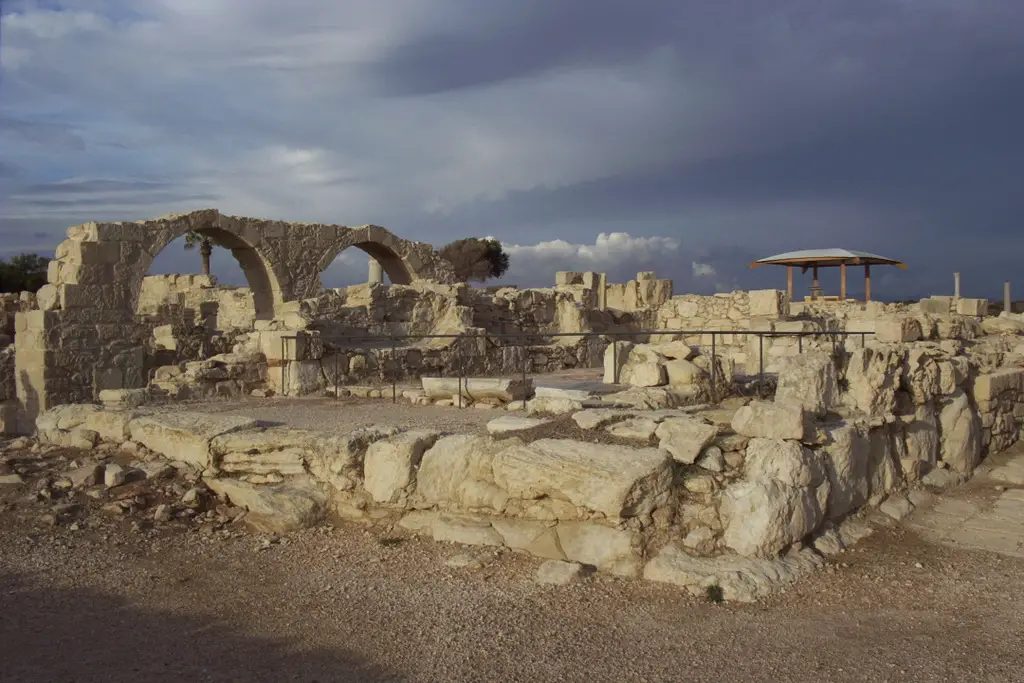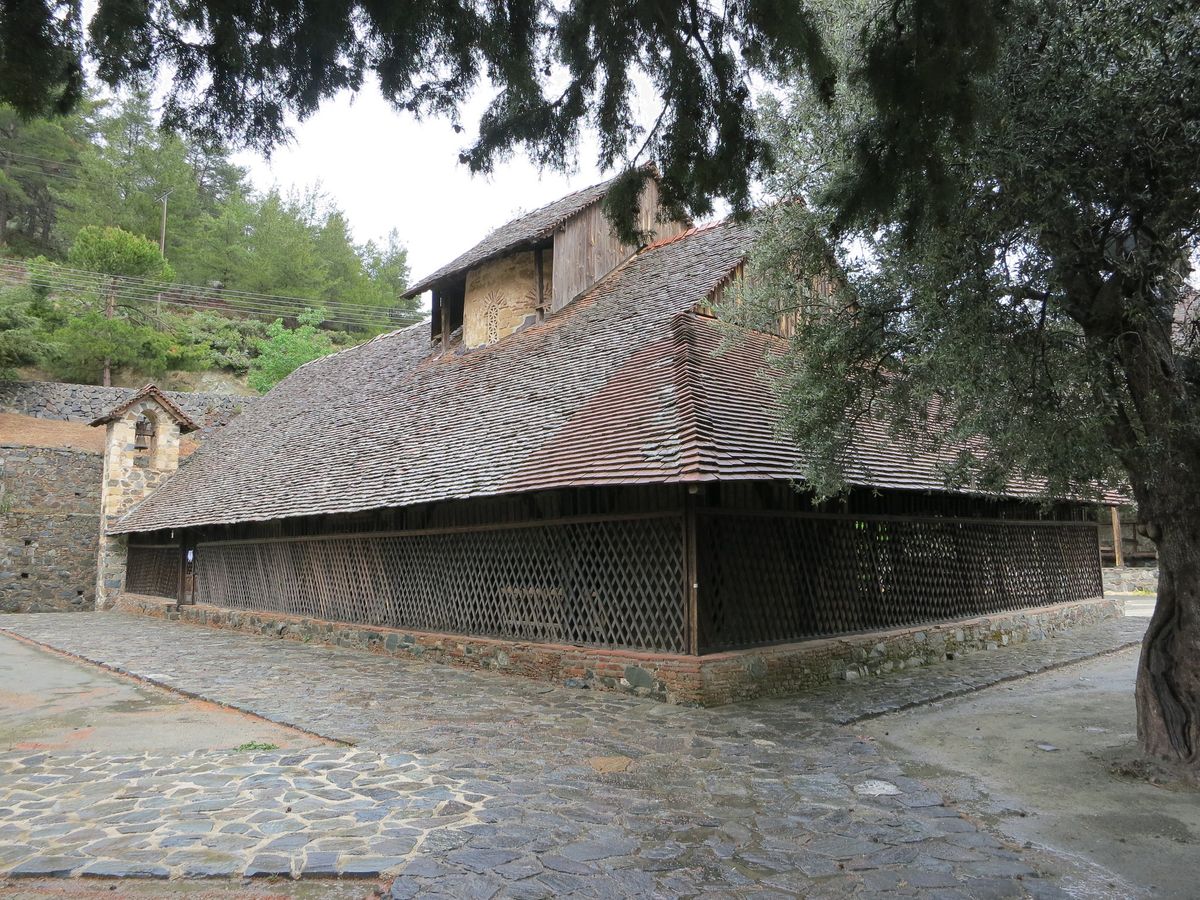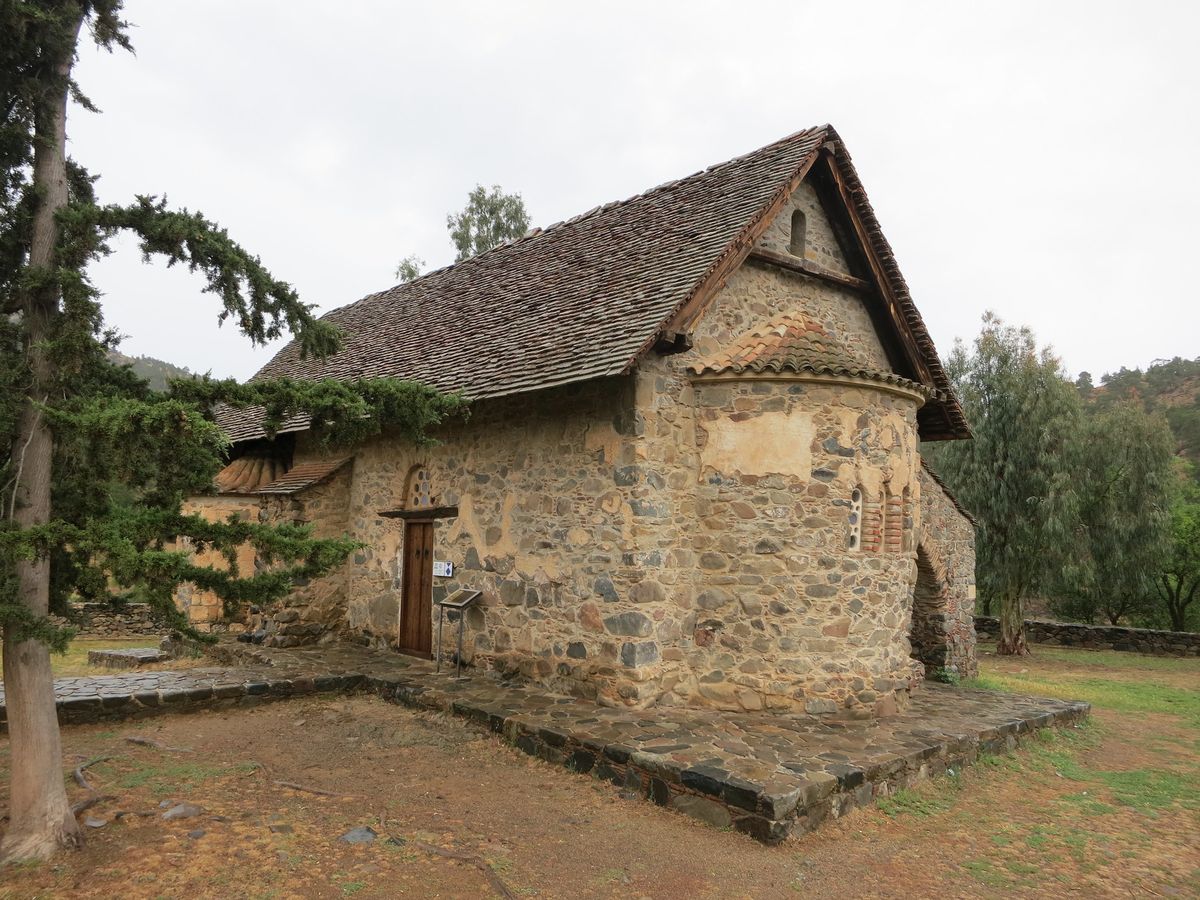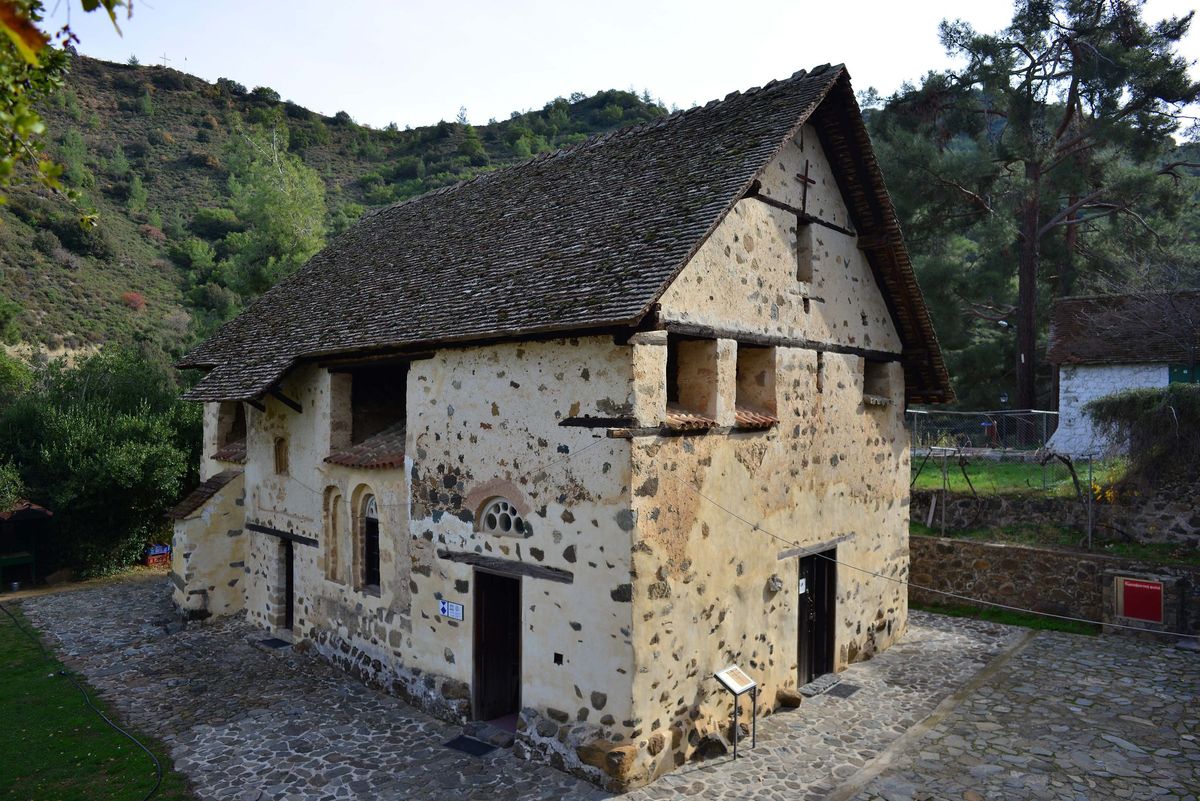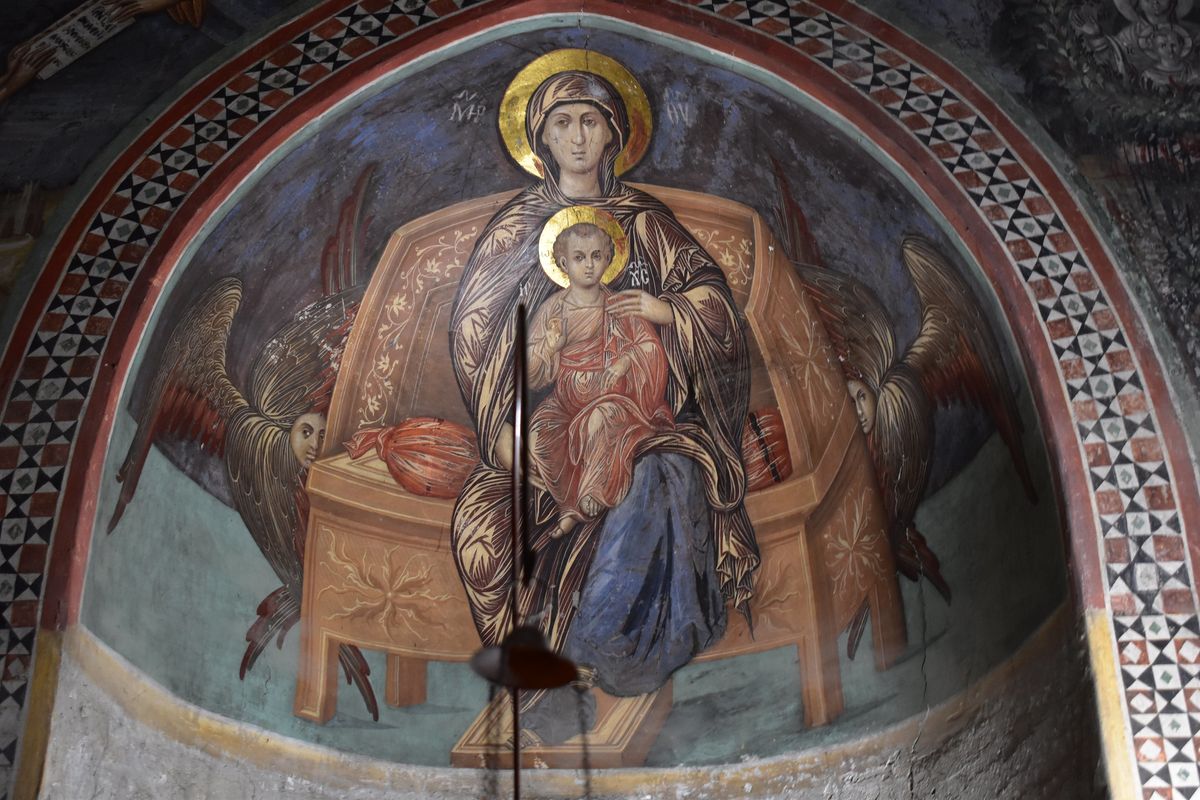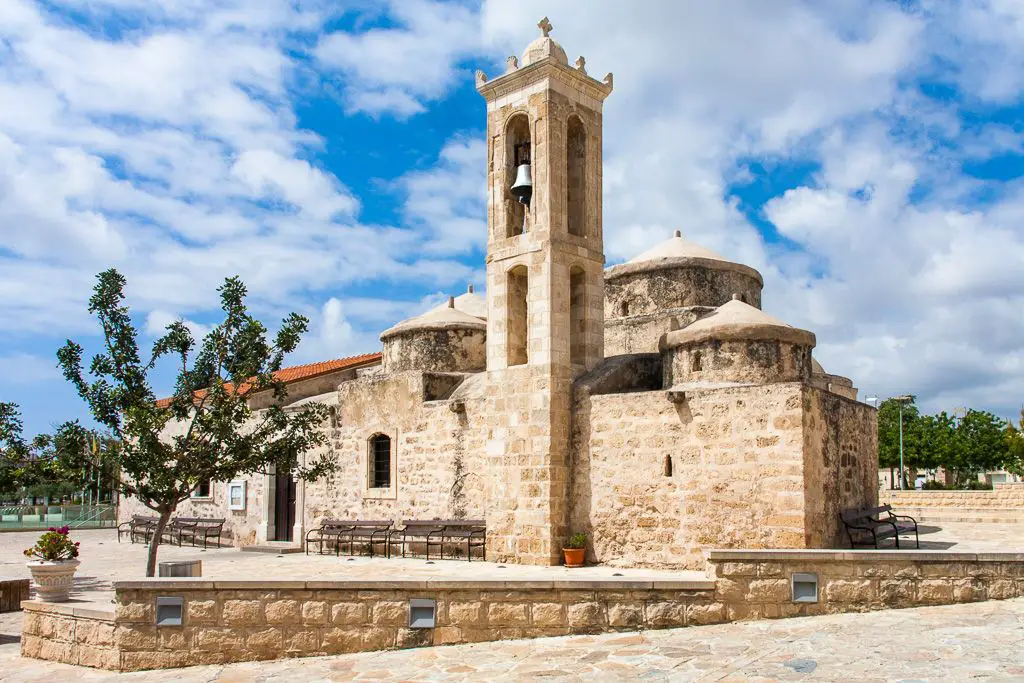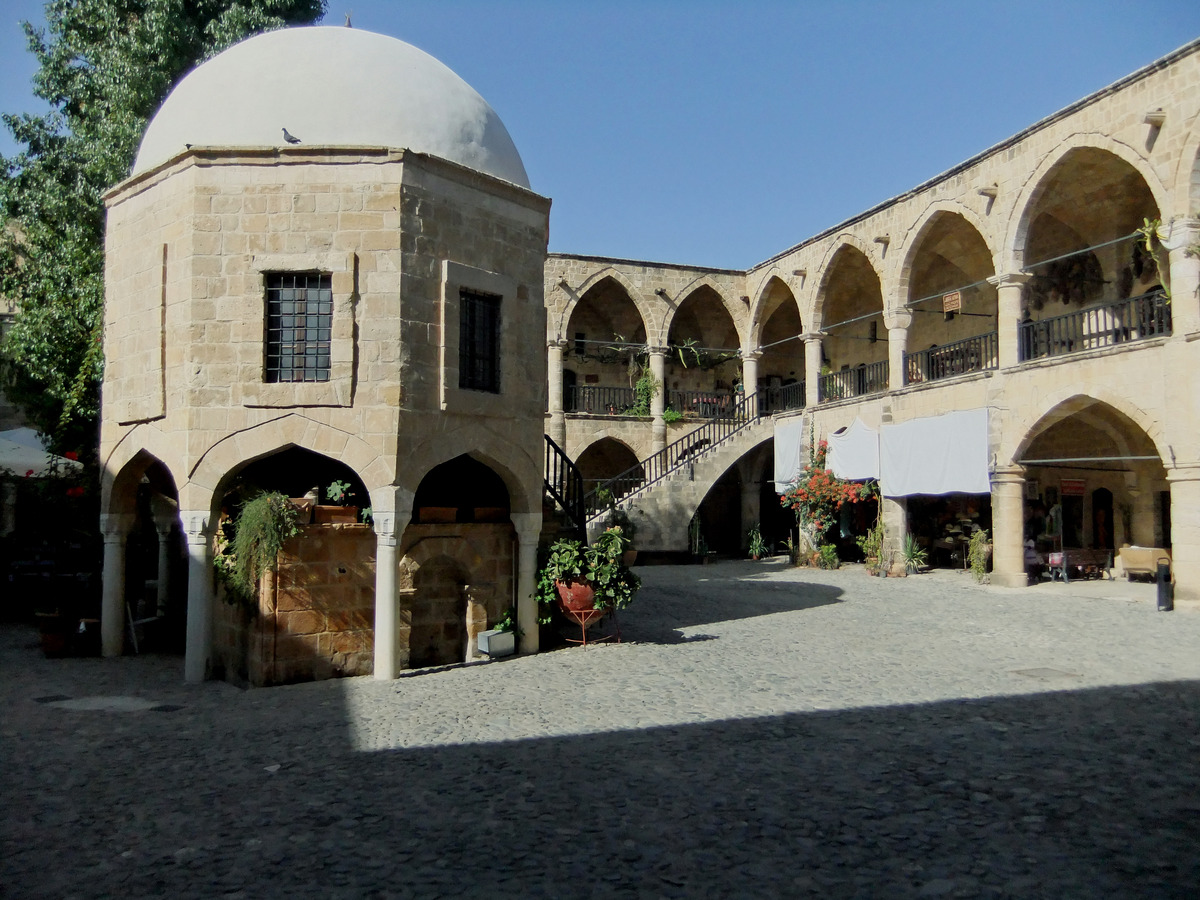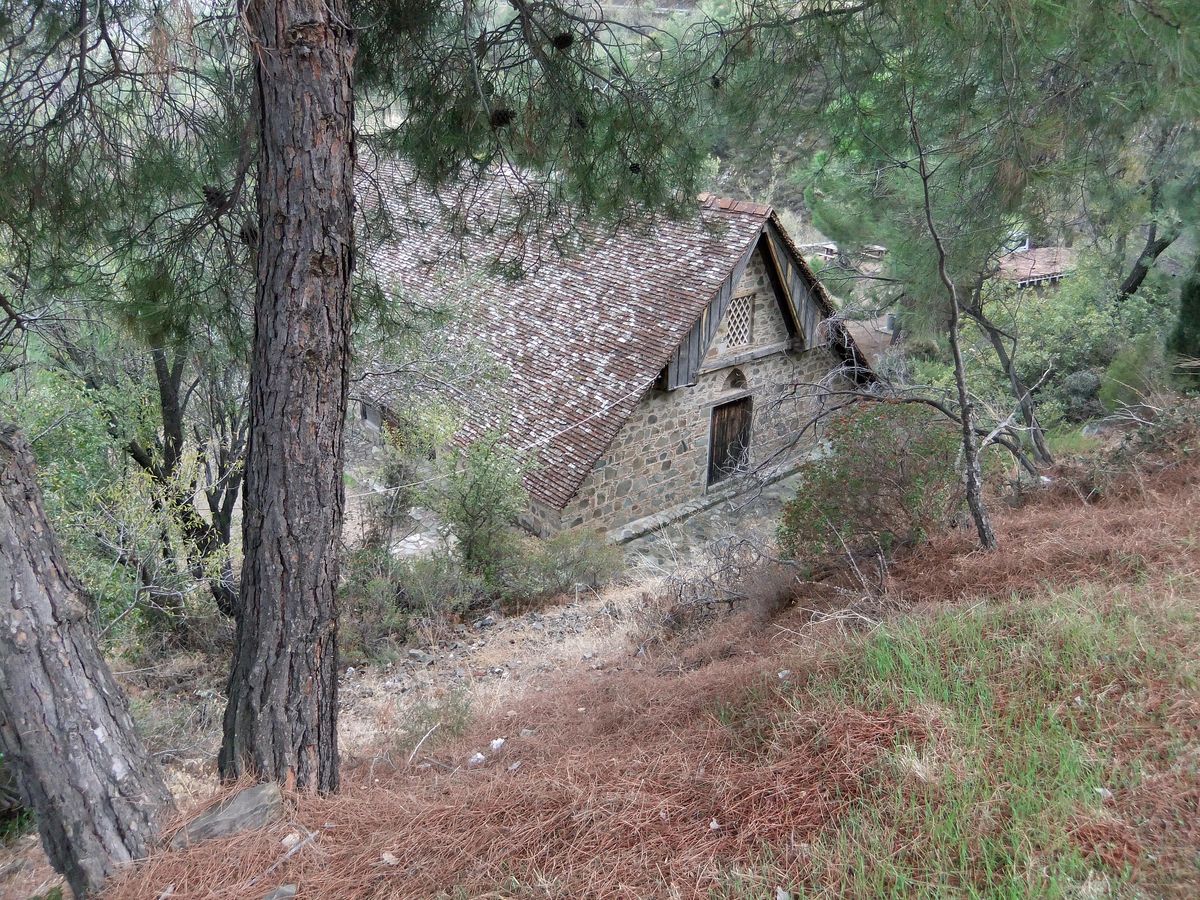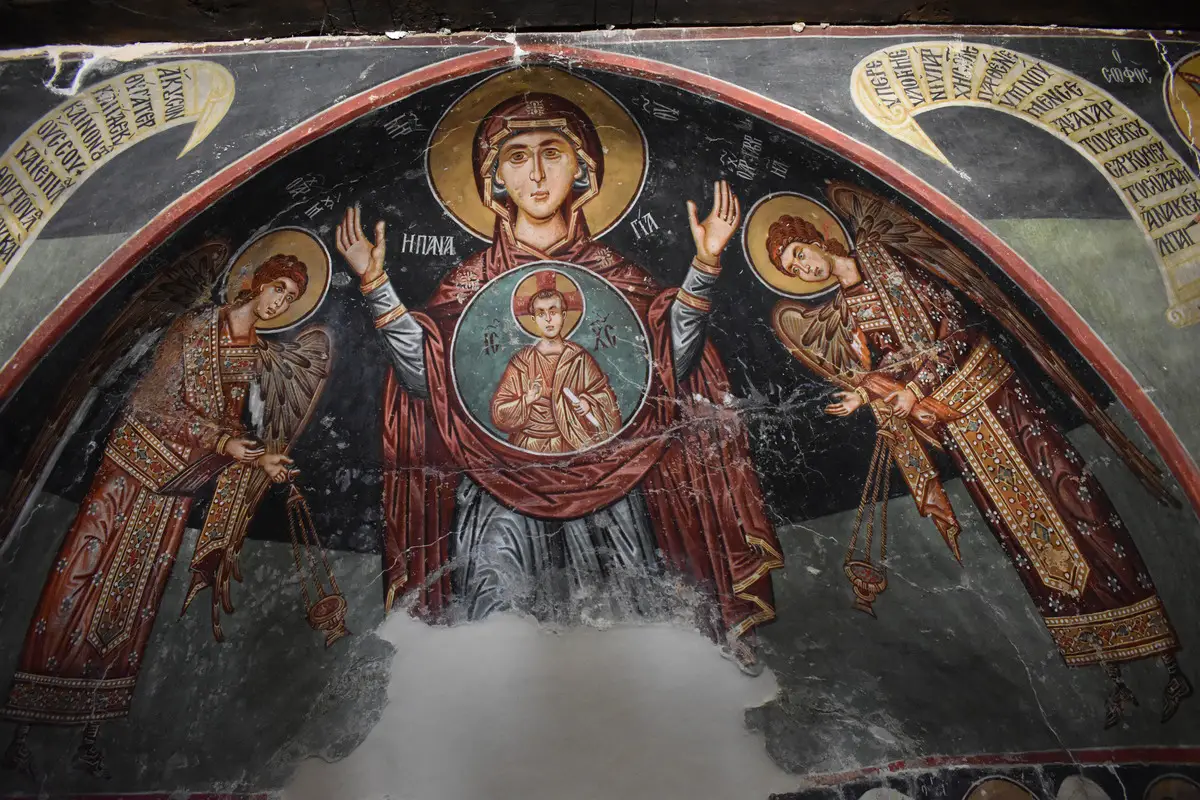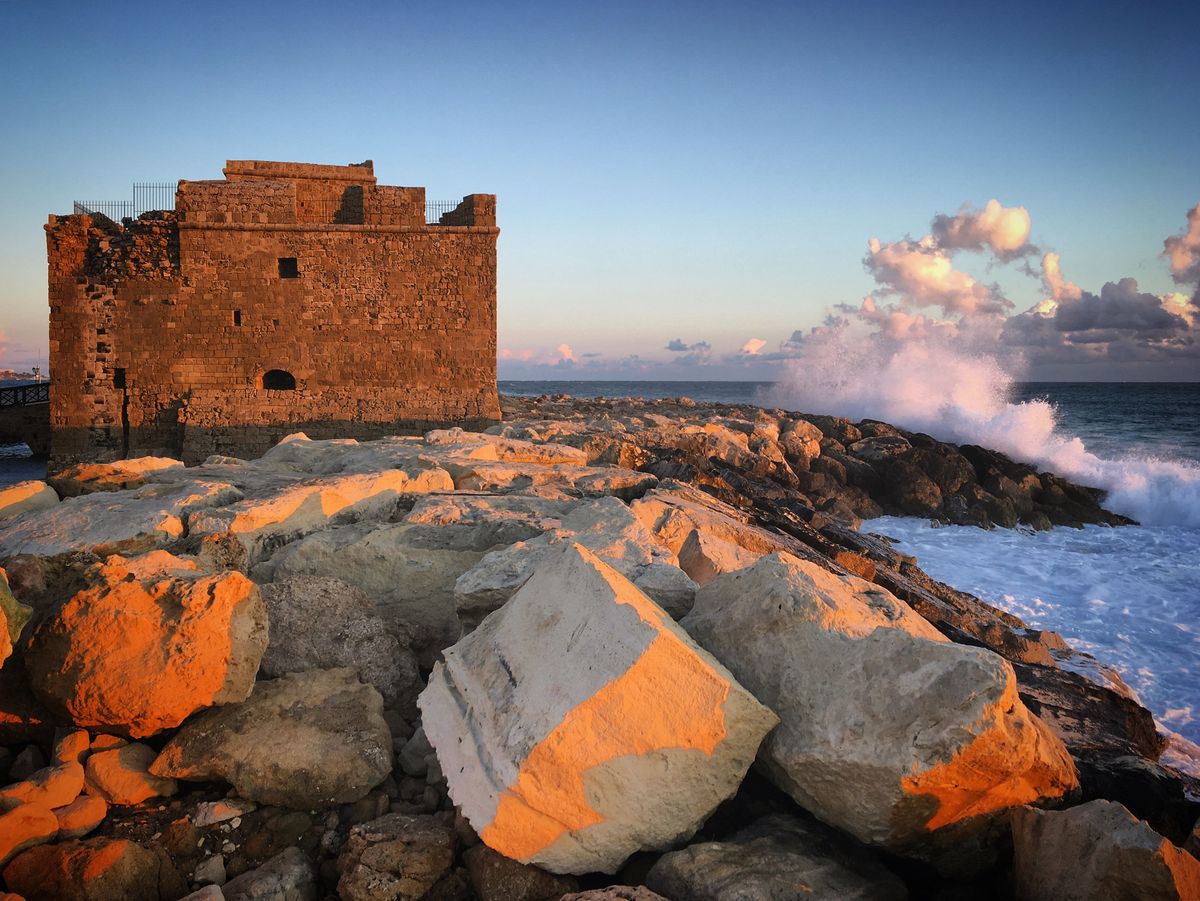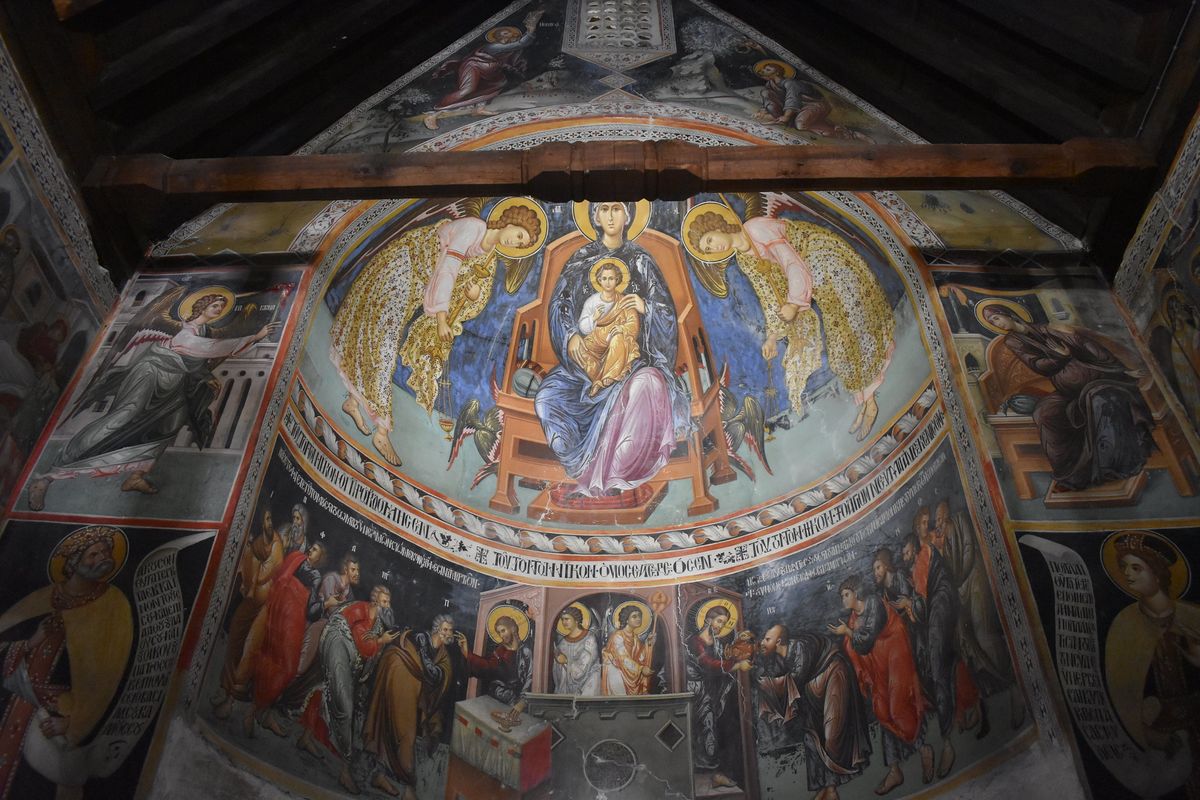Wondermondo 🢖 World 🢖 Wonders of Asia 🢖 Wonders of Cyprus
Territory
Wonders of Cyprus
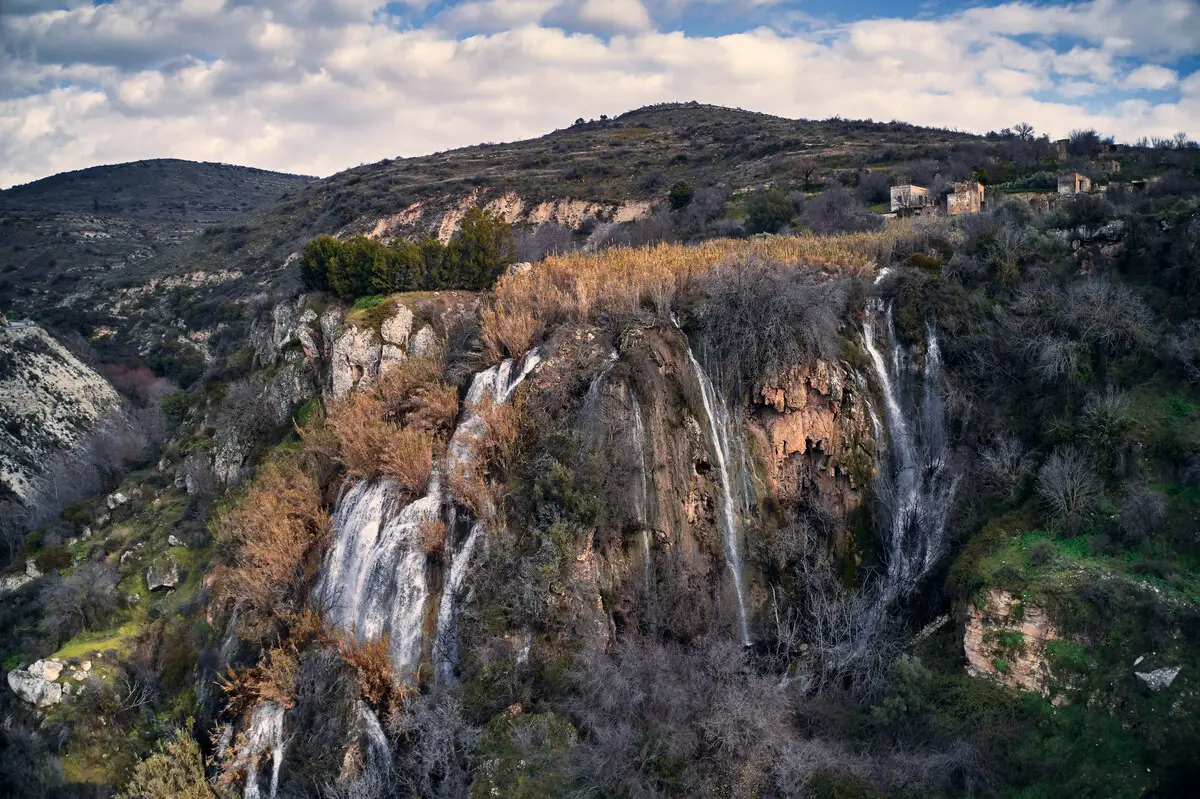
 Highlights
Highlights
Since prehistoric times, Cyprus has been at the crossroads of cultures, between the ancient civilizations of the Near East and later civilizations in Greece, Rome, and medieval Europe.
Thus it is no wonder that this charming island is very rich in man-made heritage. The most interesting wonders of Cyprus are the remnants of prehistoric settlements – true eyewitnesses of the dawn of humankind, but no less interesting are the ruins of ancient cities. Very rich is the cultural heritage of Orthodox Christianity which is best expressed through the colorful frescoes in numerous medieval churches.
Map with the described wonders of Cyprus
If you see this after your page is loaded completely, leafletJS files are missing.
 Top 25 wonders of Cyprus
Top 25 wonders of Cyprus
Archaeological wonders
Tombs of the Kings near Paphos
Paphos
A large group of rock-cut tombs, made in the 4th century BC – 3rd century AD. Some tombs are adorned with frescoes.
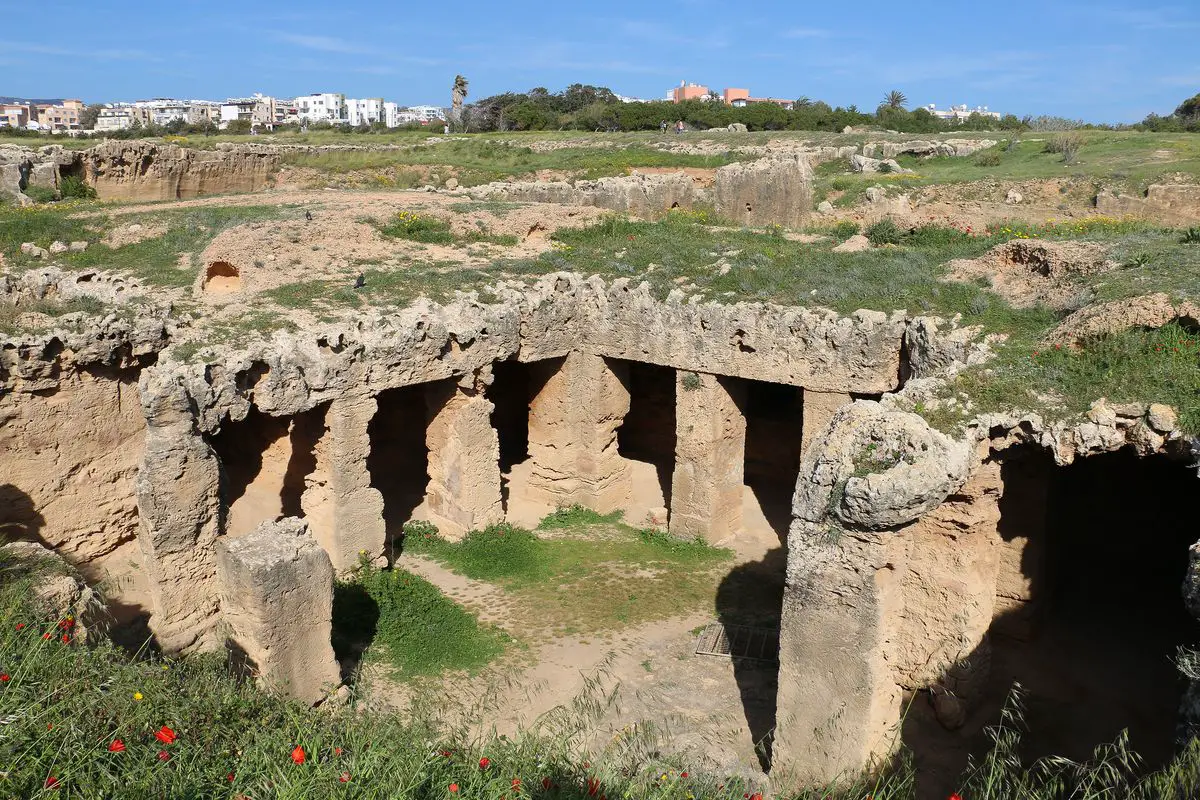
Kourion
Limassol
Ruins of an ancient Greek city. Some of the most interesting landmarks are a theater that was suitable for 2,000 spectators, here are found fine mosaics, and an early Christian basilica.
Sanctuary of Apollo Hylates
Limassol
One of the most important ancient temples in Cyprus. Worship started here in the 8th century BC and continued until the 4th century AD. Initially, the local god Hylates was worshiped, later there was worshiped Greek god Apollo.
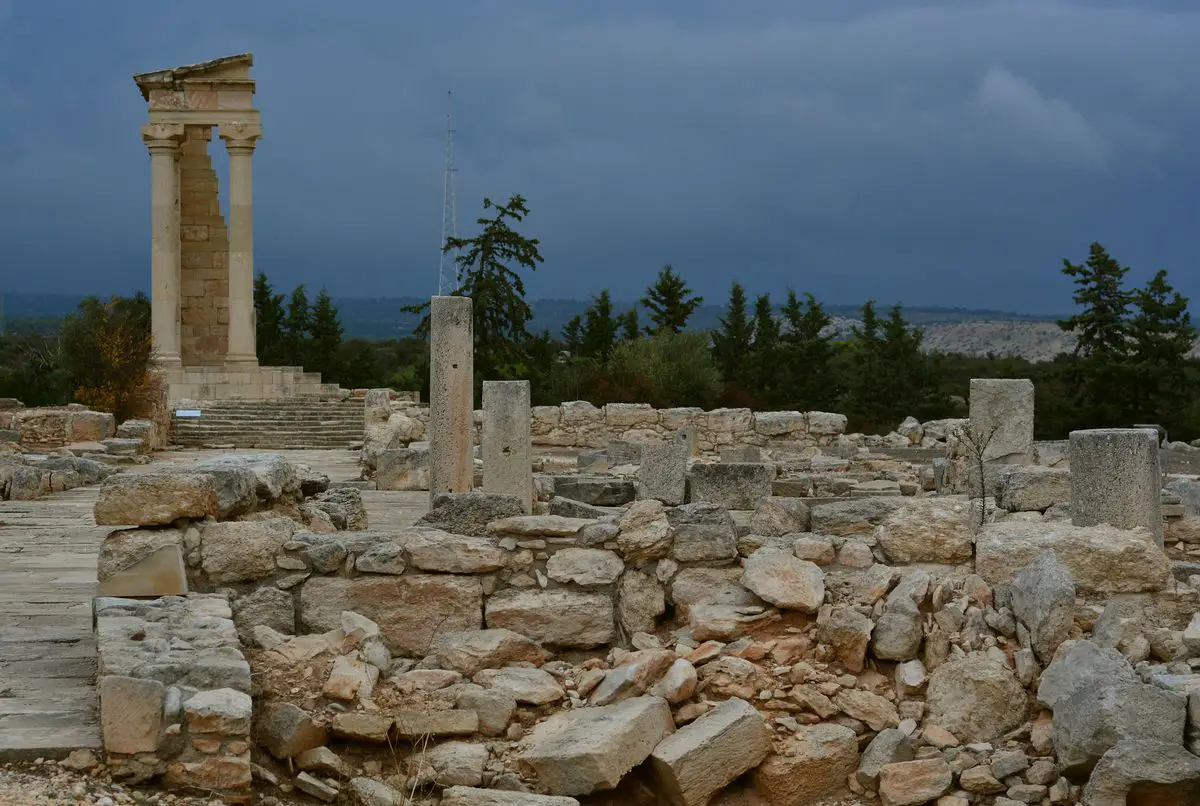
Shillourokambos
Limassol
This Neolithic settlement was inhabited at the end of the 9th – 8th millennium. Remnants of structures. There has been found the oldest (9,500 years ago) evidence of human domestication of cats.
Tamassos
Nicosia
Ruins of an ancient Greek city that is buried under the contemporary village of Politiko. City developed in the Bronze Age as a mining town for nearby copper mines and was inhabited for millennia until the abandonment around the 10th century AD.
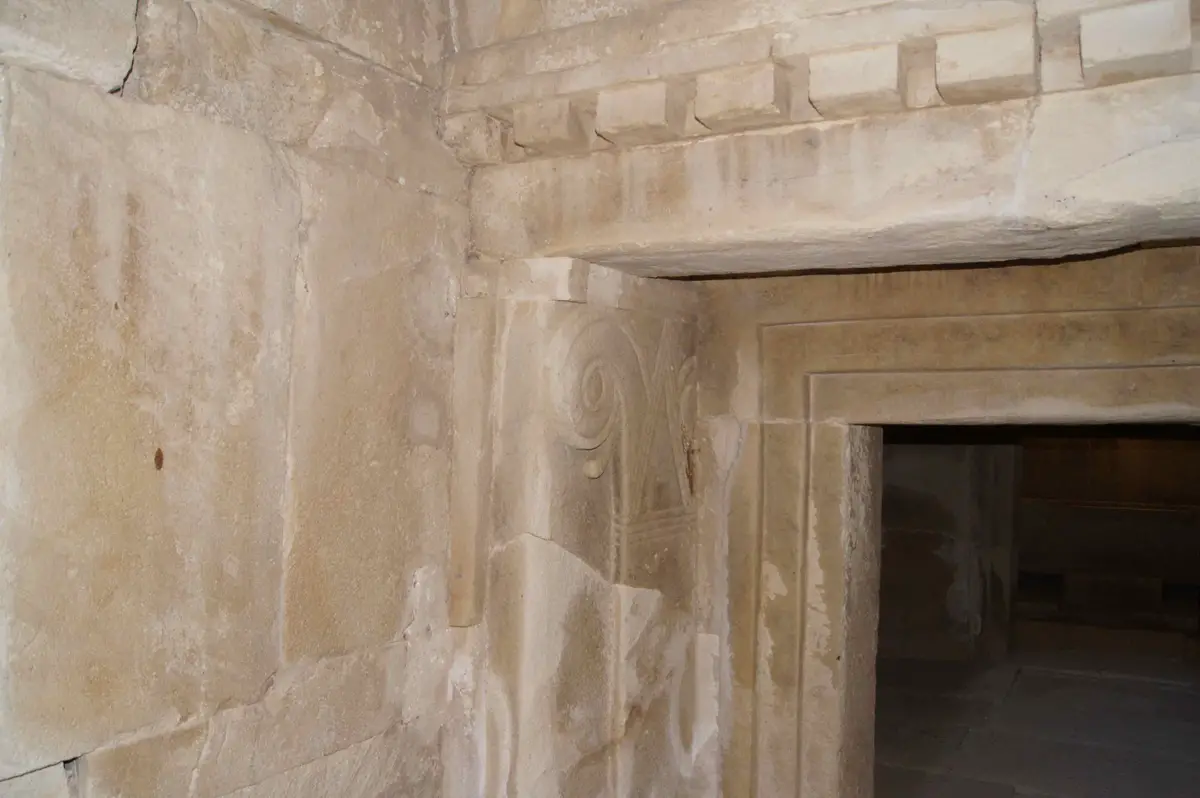
Architecture wonders
Saint Lazarus Church in Larnaca
Kyrenia
A very old church, built in the 9th century AD and rebuilt in later times. According to legends here is buried Lazarus – a man resurrected by Jesus.
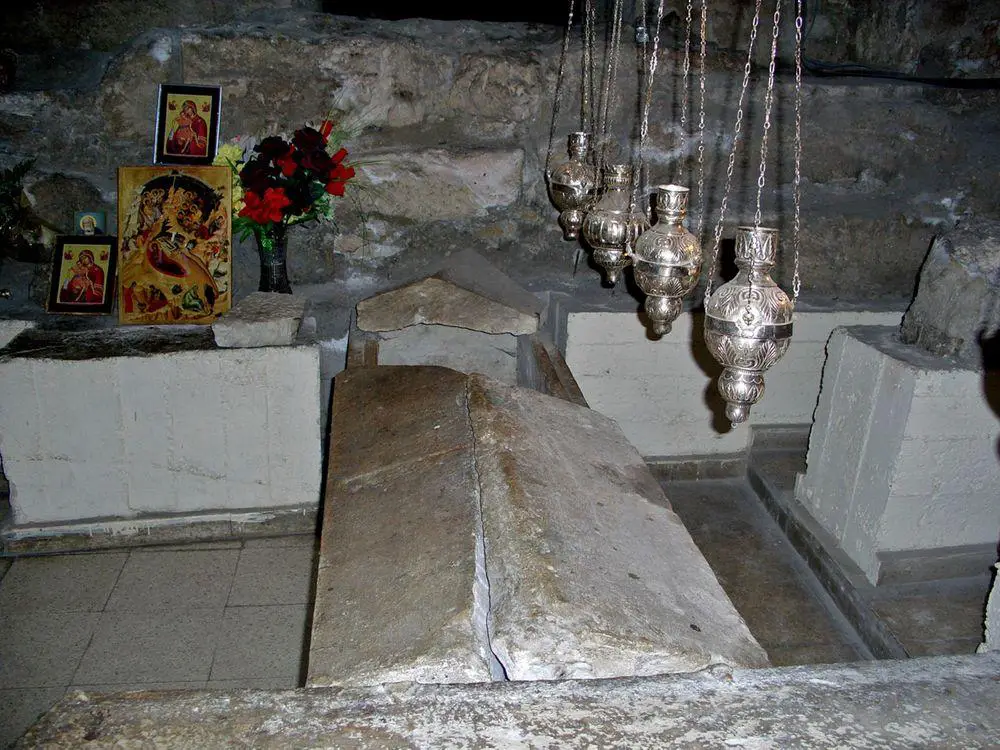
Kyrenia Castle
Kyrenia
Massive Venetian castle, built in the 16th century over the ruins of an older crusader castle. The castle museum contains remains of one of the oldest recovered ships – a Greek merchant ship from the 4th century BC.
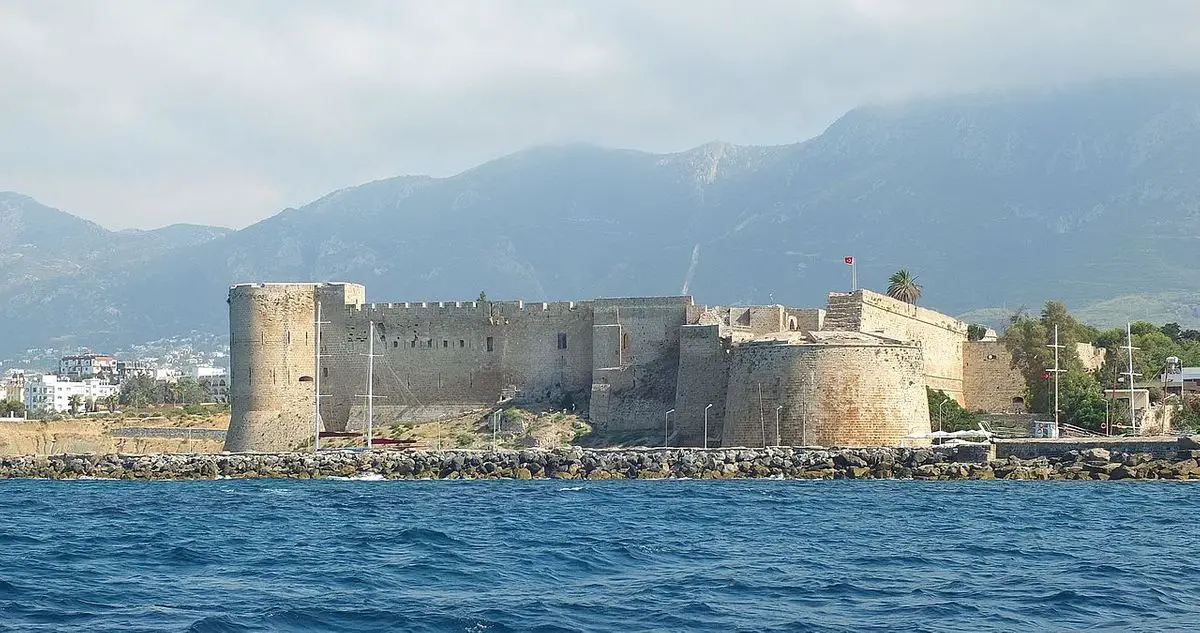
Panagia tou Araka Lagoudera Church
Nicosia
The monastery church, constructed in the late 12th century. The interior is covered with frescoes of exceptional quality, most likely made in the late 12th century.
Asinou Church (Panagia Phorbiotissa)
Nicosia
Church with some of the best Byzantine frescoes that were painted in the 12th century and later.
Agios Nikolaos tis Stegis Church
Nicosia
This well-preserved monastery church was constructed in the 11th century. The church contains diverse Byzantine frescoes that were made from the 11th to 17th centuries.
Agios Ioannis Lampadistis Church
Nicosia
A group of monastery buildings – three churches (the 11th, 12th, and late 15th century) under one roof. The oldest – Agios Herakleidios church – is adorned with frescoes that were painted in the 13th and 16th centuries.
Agios Paraskevi Church in Yeroskipou
Paphos
An old church with five domes that are arranged in the shape of a cross. The church was constructed roughly in 1100 AD.
Büyük Han
Nicosia
The most beautiful caravanserai in Cyprus. This complex of buildings was constructed in 1572 by Ottomans.
Saint Barnabas and Hilarion Church in Peristerona
Nicosia
An old, unusual church with five domes arranged in the shape of a cross, constructed in the 10th century.
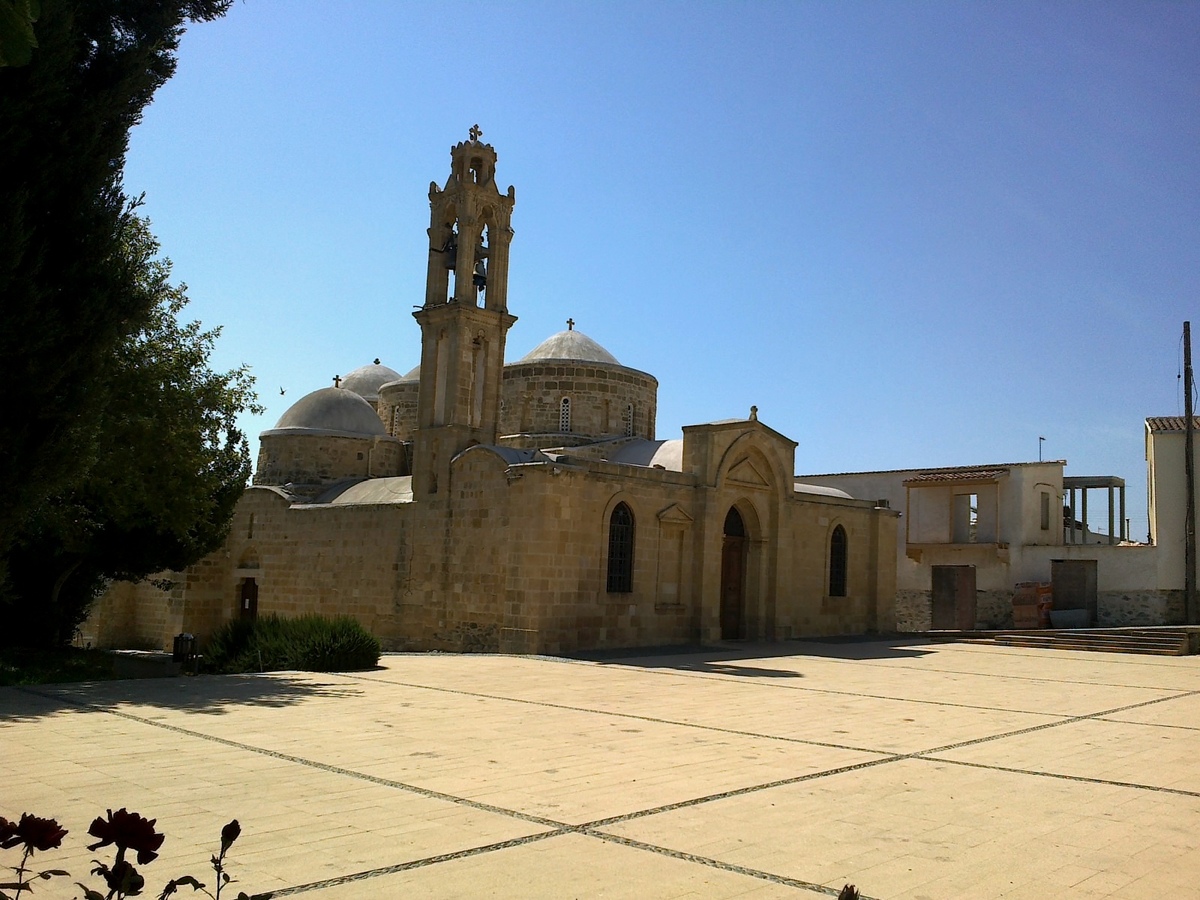
Stavros Ayiasmati Church in Platanistasa
Nicosia
This monastery church was constructed at the end of the 15th century. The whole interior is covered with valuable frescoes in an interesting style.
Pedoulas St. Michael Church
Nicosia
A small church that was built in 1474 and at this time was decorated with frescoes.
Panagia tou Moutoulla Church
Nicosia
A chapel that was built around 1280 and has fine frescoes from this time.
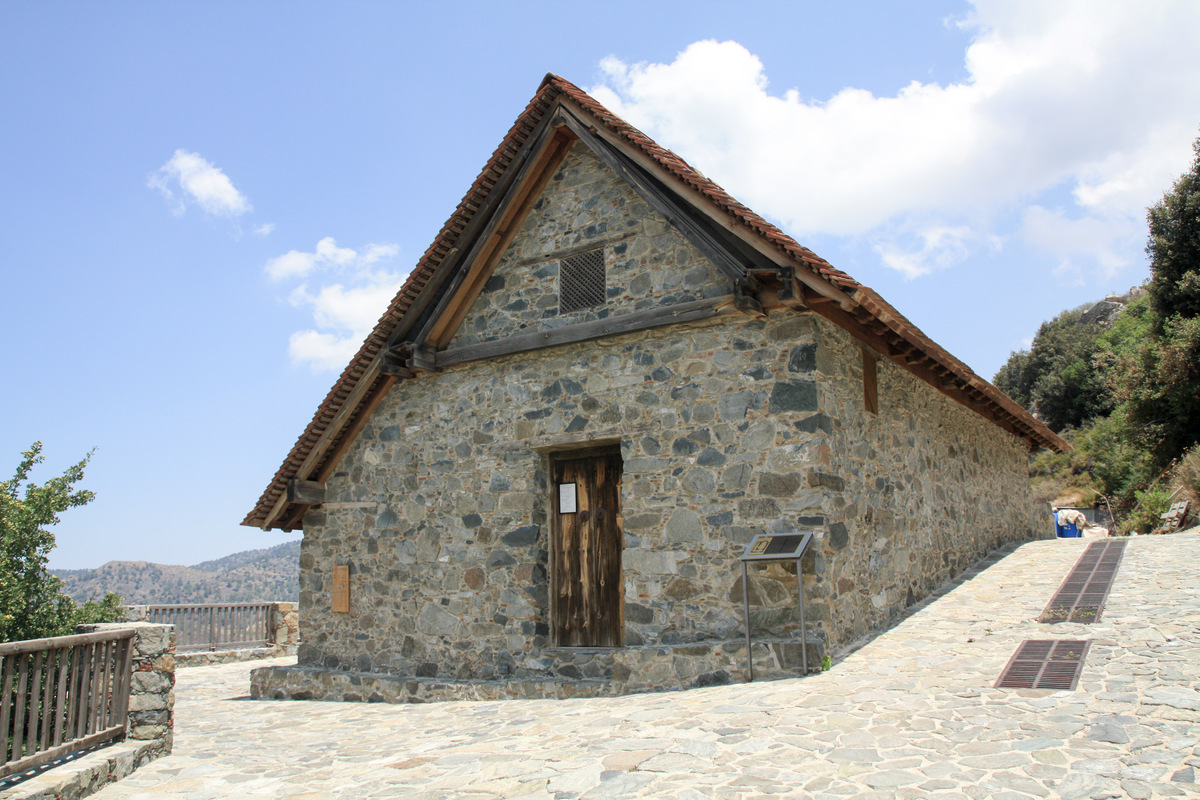
Paphos Castle
Paphos
A massive castle in water, originally built in the times of Byzantium. The current structure was built by the Ottomans.
Fikardou
Nicosia
An ancient village in mountains. Present buildings are mostly from the 18th – 19th century.
Panagia tis Podithou in Galata Church
Nicosia
Church of the monastery, constructed in 1502. Contains valuable frescoes that were created at the time of construction.
Catacomb of Phaneromeni Church
Larnaca
This catacomb from the 8th century was used as a church. It is possible that this is a much older pagan tomb, possibly from the times of the Phoenicians. Site of legends, a place with purported special healing powers.
Agios Mamas Church of Saint Paraskevi
Limassol
Small church with beautiful Byzantine frescoes. Church was built in 1455, and paintings were made in 1495.
Timios Stavros Church in Pelendri
Limassol
This small church was constructed in the middle of the 12th century and rebuilt a century later. The interior of the church is adorned with frescoes that were created in several periods.
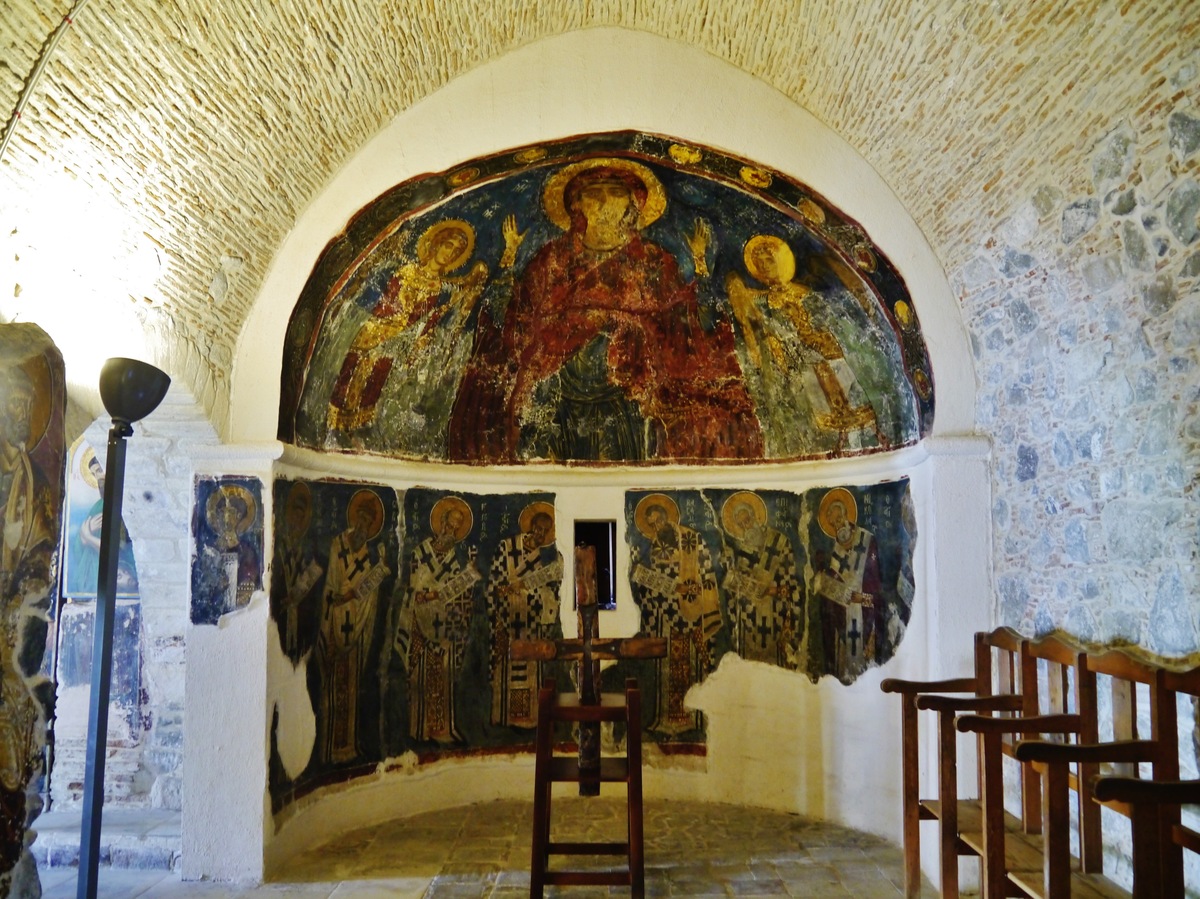
Panagia Chrysokourdaliotissa Church in Kourdali
Nicosia
Small village church with valuable Byzantine paintings and finely carved wooden iconostasis that were made in the 16th century.
Metamorfosis tou Sotiros Church in Palaichori
Nicosia
This chapel was built in the early 16th century and its interior is covered with some of the best post-Byzantine frescoes.
 Recommended books
Recommended books
DK Eyewitness Travel Guide: Cyprus
DK Eyewitness Travel Guide: Cyprus will lead you straight to the best attractions this island nation has to offer.
Explore ancient sites, monasteries and hill villages, dramatic countryside, and beaches. Play water sports and take scenic walks. This fully updated guidebook covers all the major sights and activities, from Nicosia to the harbor at Kyrenia.
Only in Cyprus: A hilarious guide to living in Cyprus
After eleven years of observing the Cypriot people, (of which I am one), I have written this book as a humorous, very much ‘tongue in cheek’ guide on Cyprus living. It is not meant to offend in any way, but what I have written is absolutely true. Once you learn to go with the flow Cyprus is a paradise. Please read with the humor it was intentionally written in.

